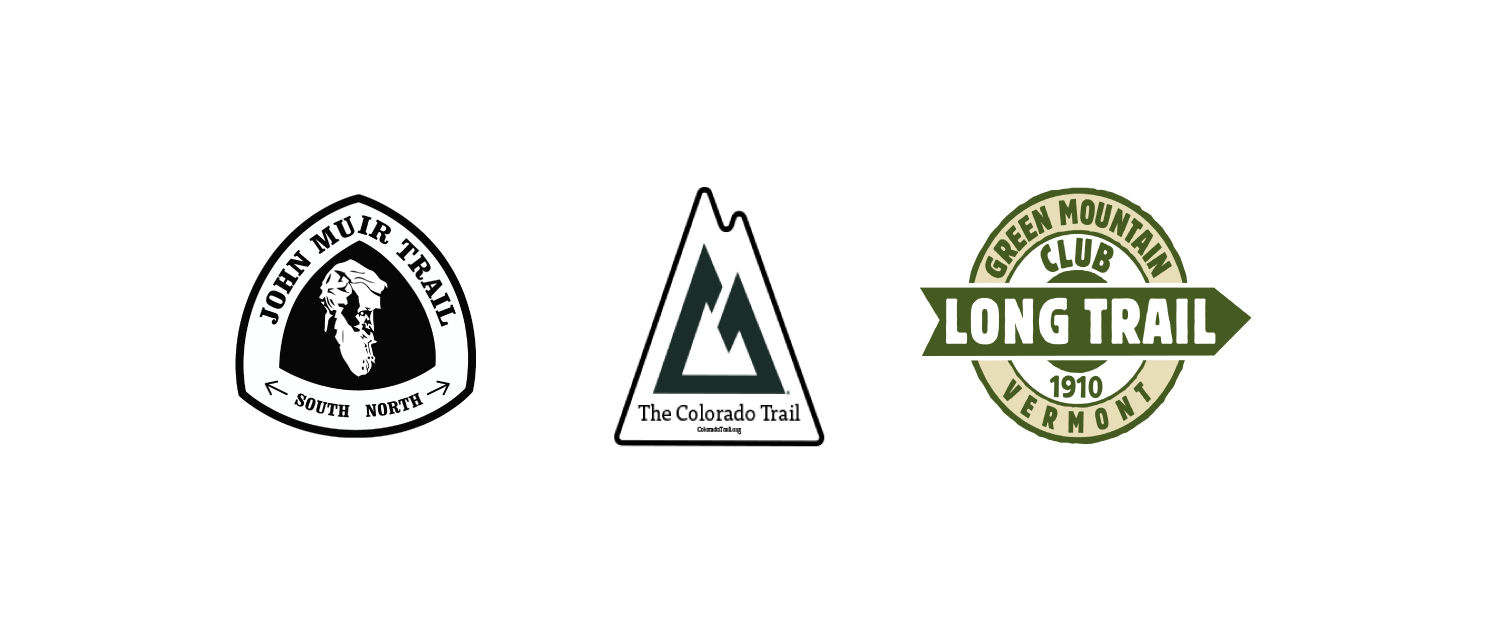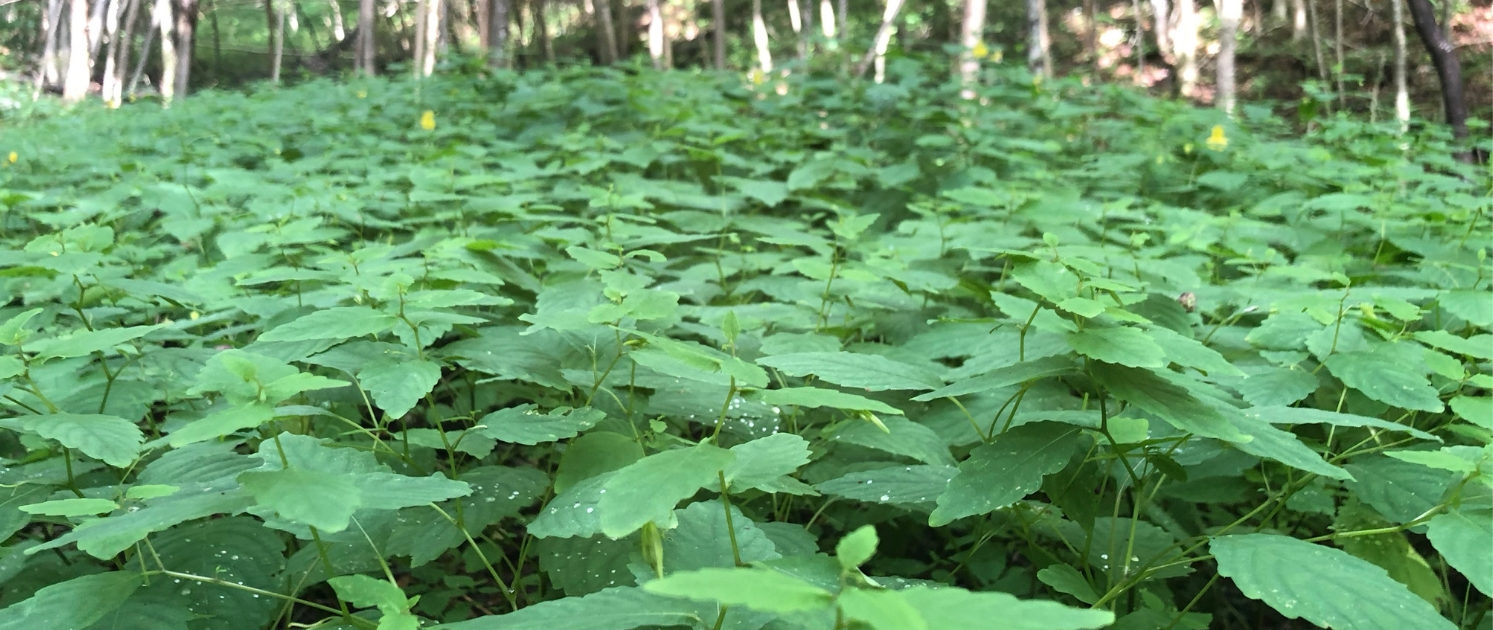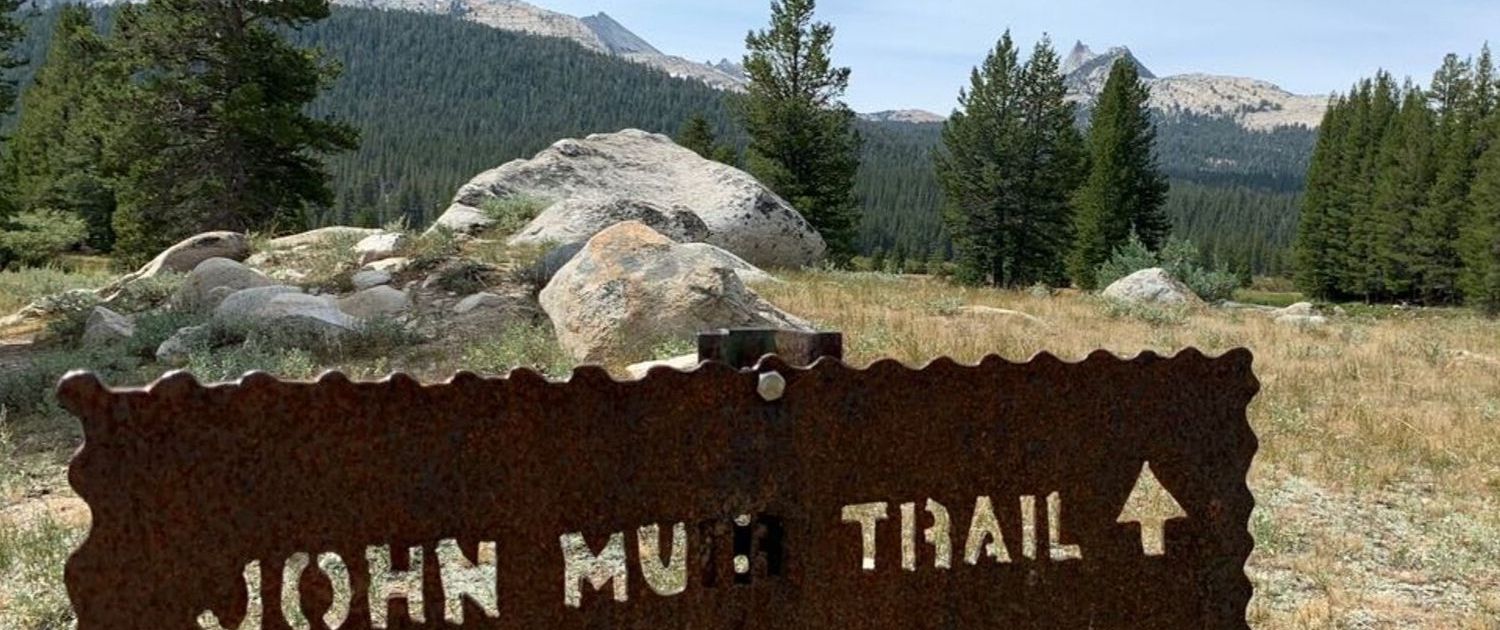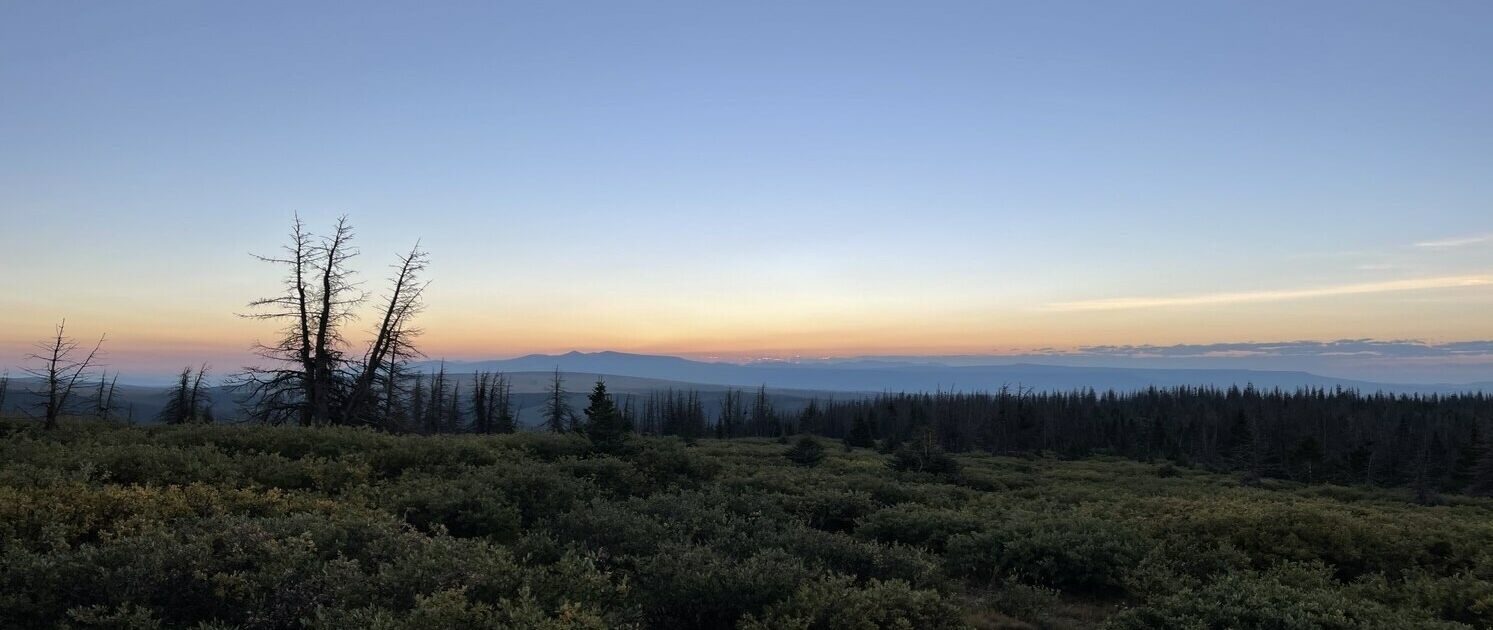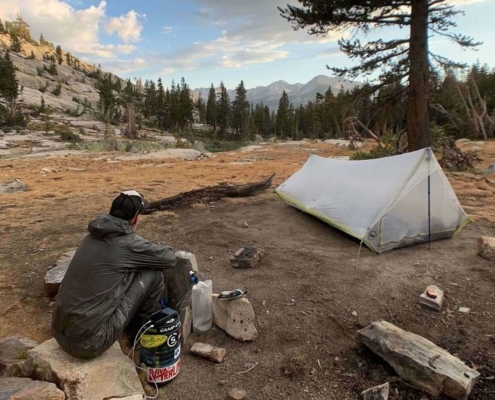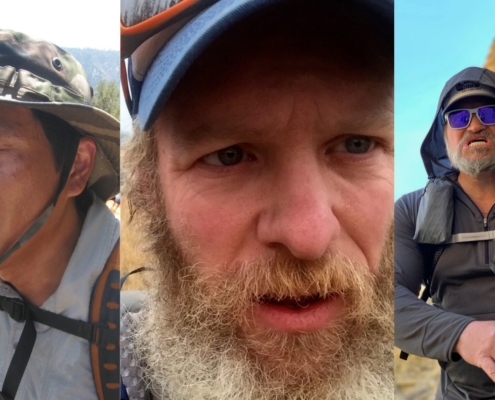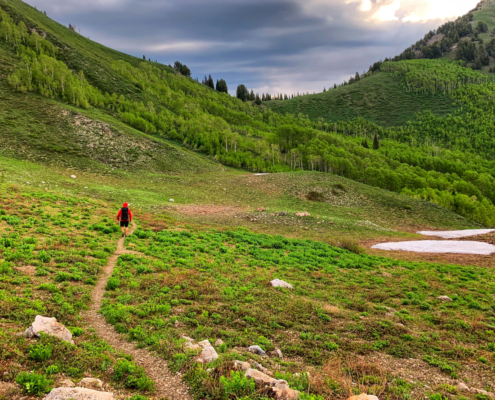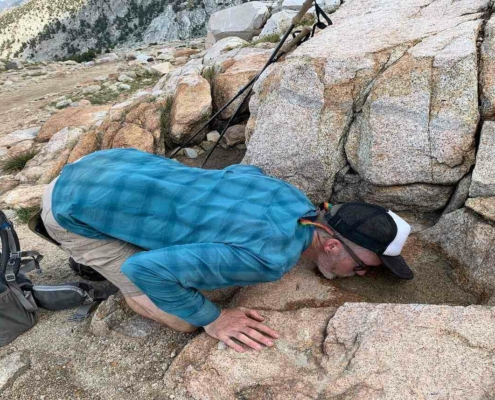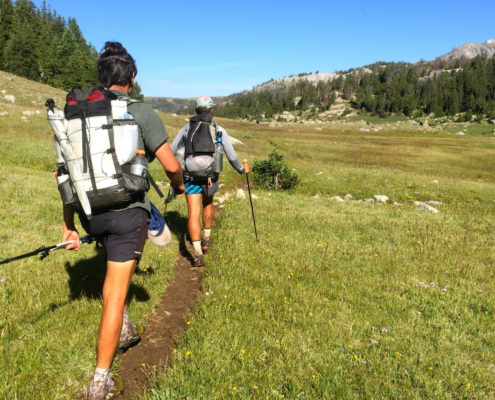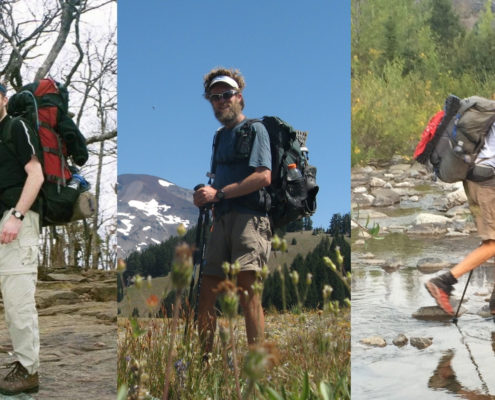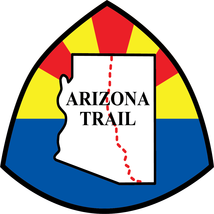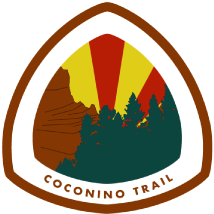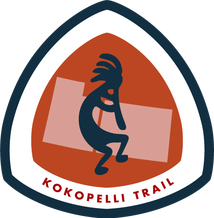The Colorado Trail (CT) winds its way 486 miles from Waterton Canyon just southwest of Denver to the Junction Creek Trailhead, which is just outside Durango. The average elevation of the CT is over 10,000’, making it an extremely hard hike. The CT is open to hikers, equestrians, and mountain bikes (excluding wilderness areas).
Just like with the John Muir Trail weather is a major factor on the CT. Afternoon thunder and lightening storms are almost a daily occurrence and snow storms can happen any month of year. Another factor that makes the CT so tough is the amount of above tree line hiking. Exposure to the sun, wind, as well as said lightening add an extra layer to thru-hiking the CT.
Just like with its two companion trails the CT shares part of it’s tread with the Continental Divide Trail (CDT). The two trails double up from Georgia Pass to the CDT/CT spilt near Elk Pass. You also have the option of hiking either the Collegiate East or West routes.
Since the trail is open to mountain bikes, it makes it one of the most unique trails of US’s trail system. In 2017 I raced the Colorado Trail Race as part of my Bikepacking Triple Crown. The are went West or Northbound from Durango to Waterton Canyon avoiding wilderness areas. It took me 7 days 12 hours ?? Minutes. So technically I’ve almost done the CT twice already!
My goal was to do the CT in 21 days (the average time for a thru-hike is about a month). Despite the fact the CT is quite hard, I actually finished under my goal.
The CT travels through many wilderness areas: Lost Creek Wilderness, Holy Cross Wilderness, Mt. Massive Wilderness, Collegiate Peaks Wilderness, La Garita Wilderness, and the Weminuche Wilderness.

